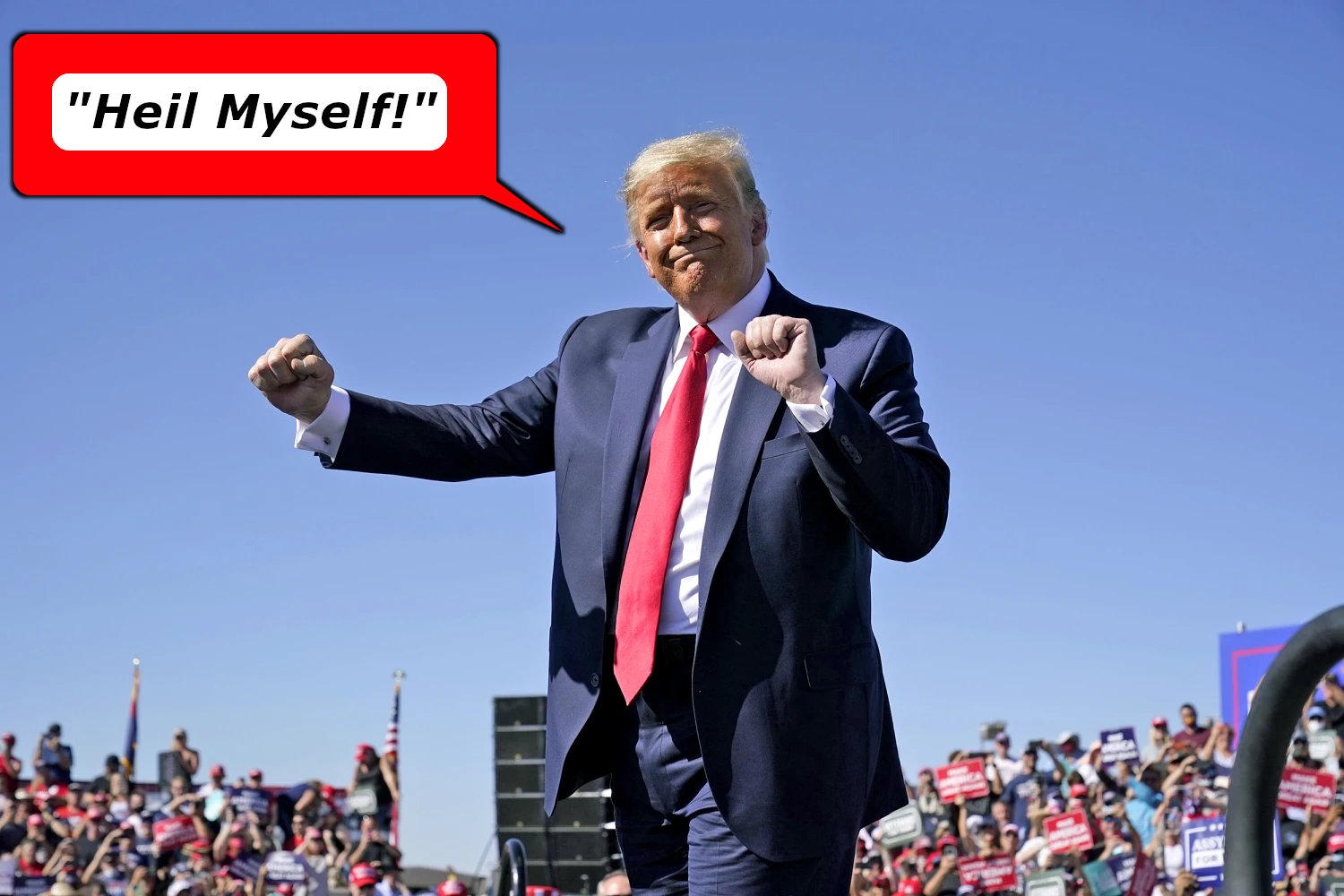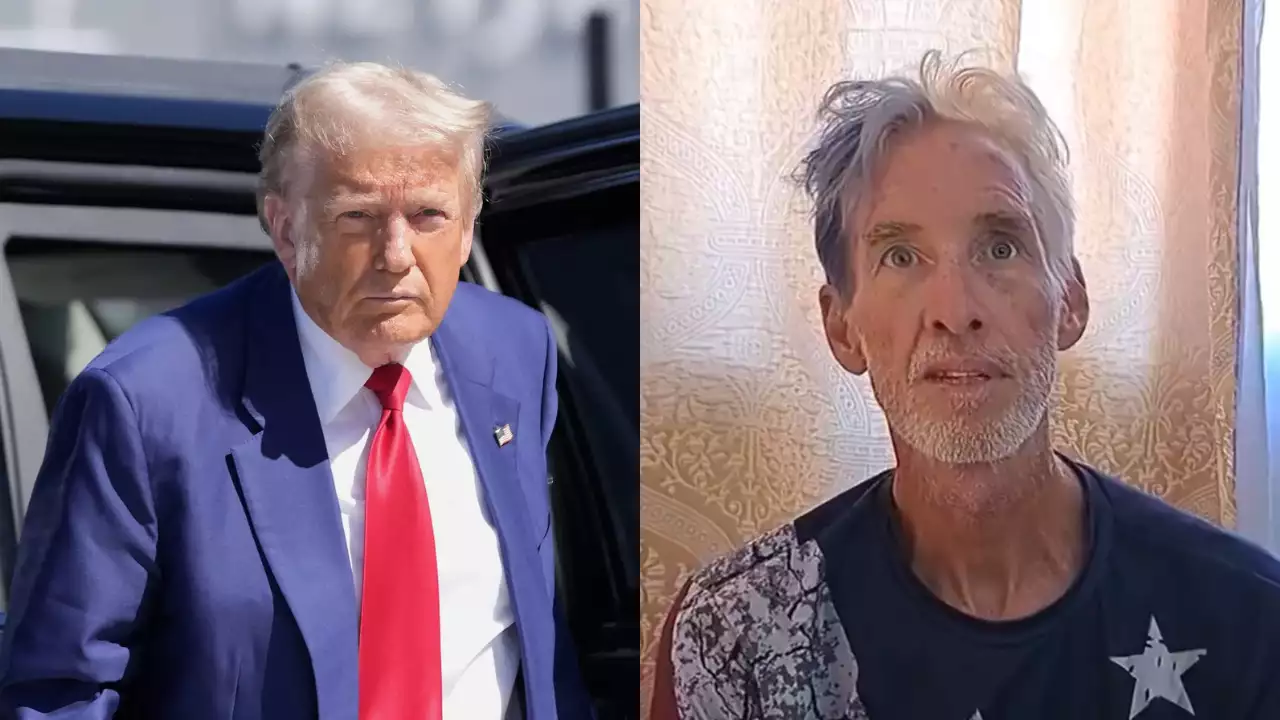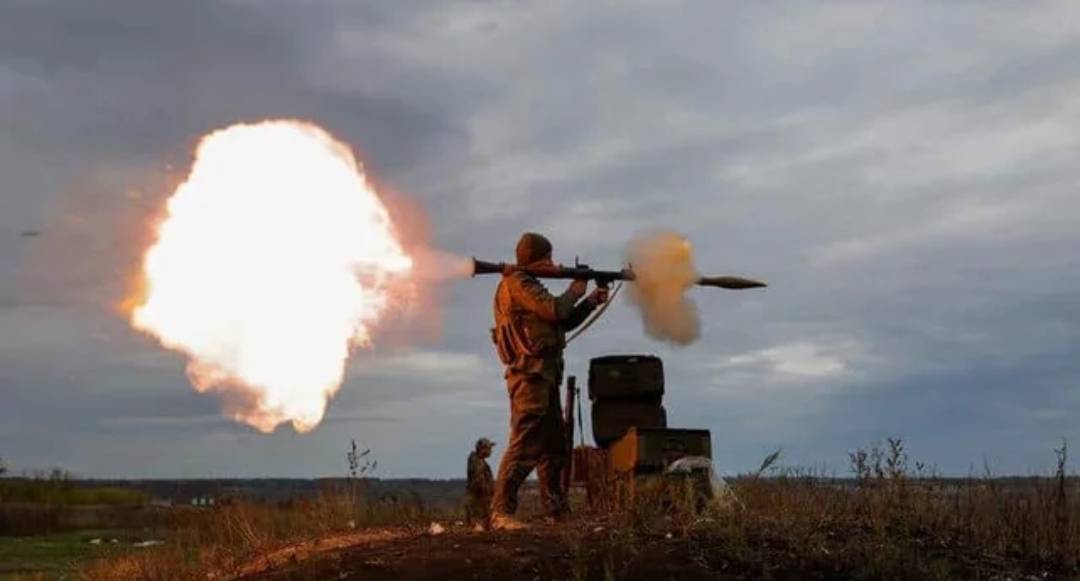Secret Service Under Scrutiny: Protecting Former Presidents
A recent incident involving Ryan Wesley Routh has sparked concerns. Routh was intercepted by the Secret Service with an AK-47 near former President Trump’s location.
Protection Protocols Challenged
As Trump no longer receives Secret Service protection, this incident highlights the challenges of protecting former presidents.
Wider Implications
This raises questions about the Secret Service’s protocols. Do they adequately address threats against former presidents in the post-presidency era?
Expert Insights
Security experts emphasize the need for comprehensive risk assessments and adaptive protection strategies. These ensure the safety of former presidents and their families.
Historical Context
Past presidential protection protocols and notable incidents reveal the evolution of Secret Service strategies. These strategies respond to emerging threats.
Call to Action
The incident reminds us to reevaluate and strengthen protection measures. This ensures former presidents’ safety in an increasingly complex threat landscape.
Conclusion
The Ryan Wesley Routh incident highlights protecting former presidents’ challenges. It underscores the need for the Secret Service to adapt and evolve.




